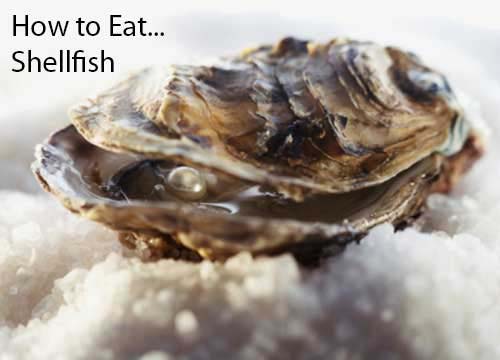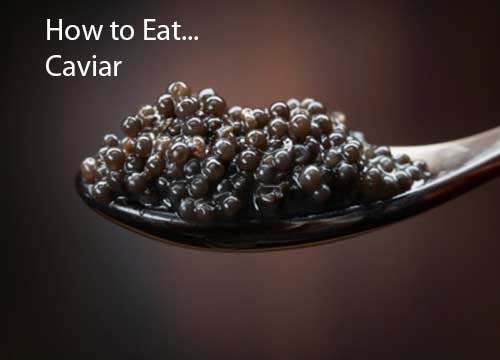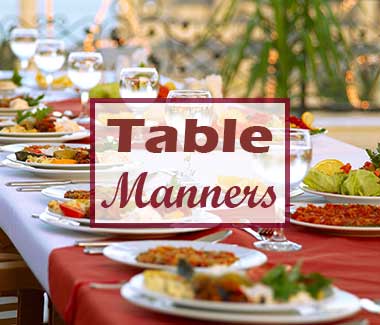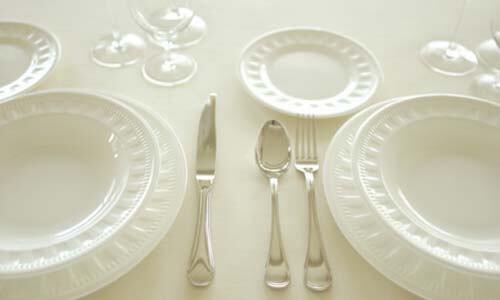Australia Dining Etiquette
international dining etiquette
Dining etiquette for toasts. The most common toasts are "cheers," "to your health," "here's to you," and the like. There is a tradition in bars to order "rounds" (or "a shout") of drinks for friends.
Table Manners
Dining etiquette for utensils. Australians do not typically switch knives and forks between hands while eating. The knife remains in the right hand, and the fork remains in the left. When the meal is finished, the knife and fork are laid parallel to one another across the right side of the plate.
Dining etiquette for your hands. When not holding utensils, your hands should be in your lap at the dinner table. Dining etiquette for passing food. Pass all dishes and serving accessories at the table to your left.
Dining etiquette for seating. The most honored position is at the head of the table, with individuals of the greatest importance seated first to the left and then to the right of the head of the table; if there is a hosting couple, one member will be at each end of the table.
Dining etiquette for in a restaurant. Make reservations (and confirm them) in the most exclusive restaurants. In informal restaurants, you may be required to share a table. You may get involved in a conversation if welcomed. Dining etiquette for discussing business. Australians generally do not like to talk business over a nice meal, so take your cue from them.
Dining etiquette for paying the bill. Usually the one who does the inviting pays the bill, although the guest is expected to make an effort to pay.
Dining etiquette for tipping. Tips are usually 10 to 15 percent.
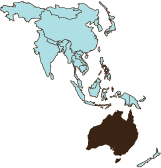
related:
asian, pacific rim dining etiquette

Our resting utensils etiquette section covers the rules (american and continental) for resting your utensils when taking a break from eating, when you are finished eating, and when you are passing food [...]
Read More
